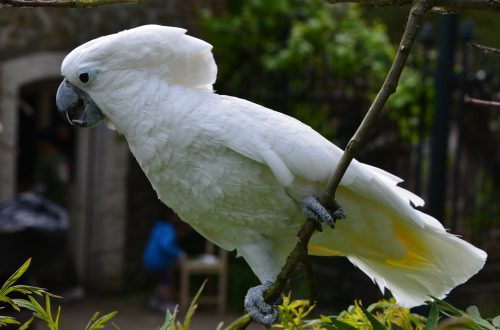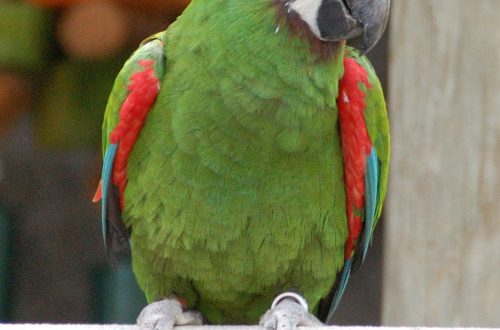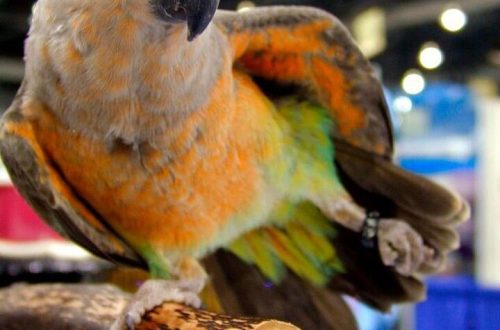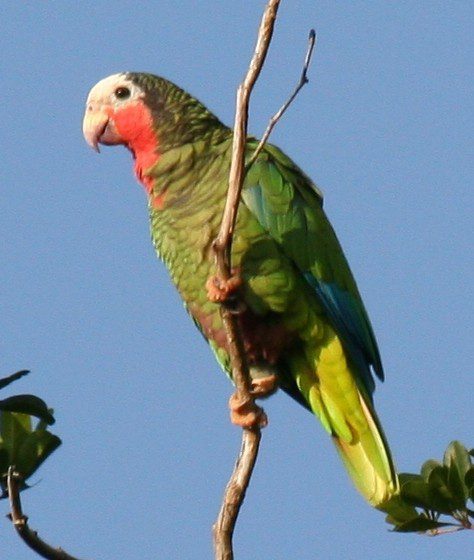
Cuban Amazon
Contents
Cuban Amazon (Amazona leucocephala)
Order | Parrots |
family | Parrots |
Race | Amazons |
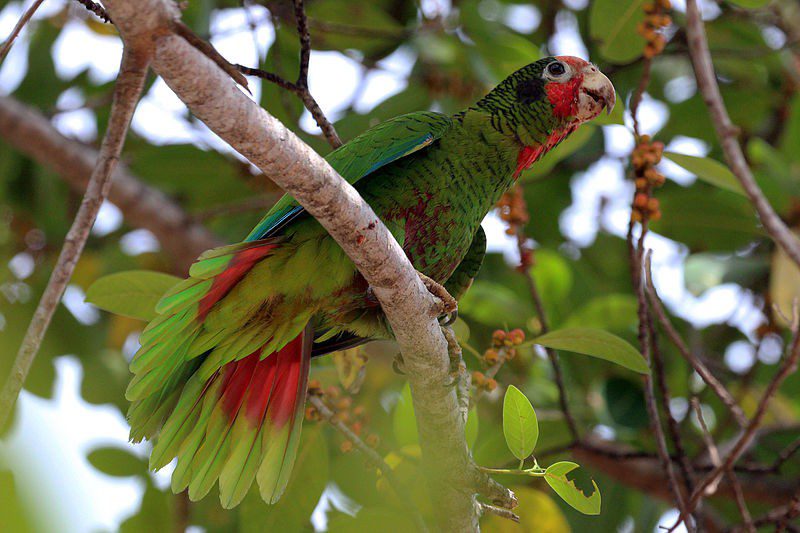

Photo: Cuban Amazon. Photo: wikimedia.org
Description of the Cuban Amazon
The Cuban Amazon is a short-tailed parrot with a body length of about 32 cm and a weight of about 262 grams. Both sexes are colored the same. The main color of the plumage of the Cuban Amazon is dark green. The feathers have a black border. The forehead is white almost to the back of the head, the throat and chest are pink-red. There is a gray spot in the ear area. Barely noticeable pinkish blotches on the chest. The undertail is green-yellow, with red patches. The flight feathers in the wings are blue. The beak is light, flesh-colored. Paws are grey-brown. The eyes are dark brown.
Five subspecies of the Cuban Amazon are known, which differ from each other in color elements and habitat.
The life expectancy of the Cuban Amazon with proper care is estimated to be around 50 years.
The habitat of the Cuban Amazon and life in nature
The wild world population of the Cuban Amazon is 20.500 – 35.000 individuals. The species lives in Cuba, the Bahamas and the Cayman Islands. The species is endangered due to loss of natural habitats, poaching, destruction of nesting sites by hurricanes.
The Cuban Amazon lives at an altitude of up to 1000 m above sea level in pine forests, mangrove and palm thickets, plantations, fields and gardens.
In the diet, various vegetative parts of plants, buds, flowers, fruits, various seeds. Sometimes they visit agricultural lands.
When feeding, Cuban Amazons gather in small flocks, when food is plentiful, they can stray into large flocks. They are pretty noisy.
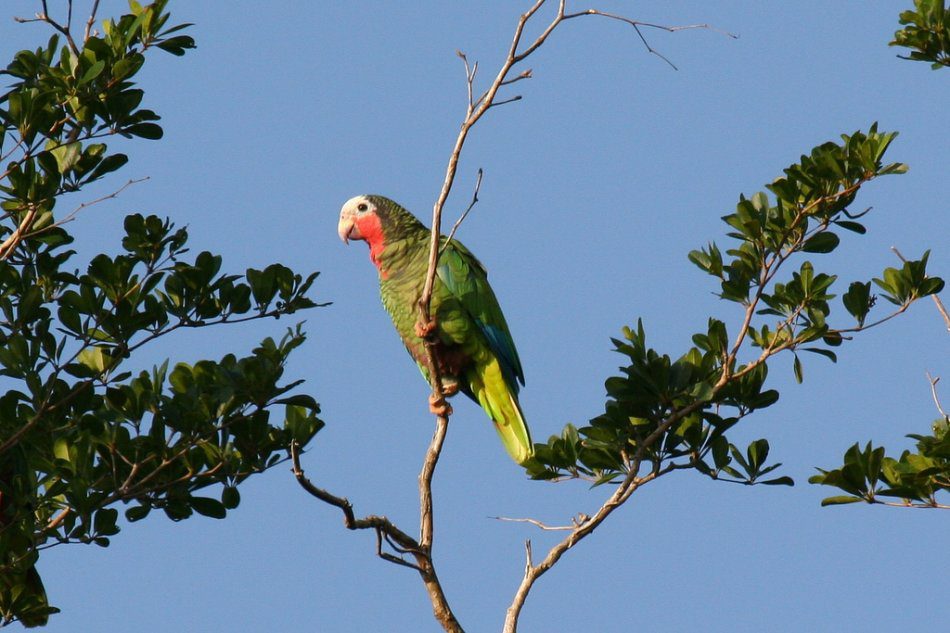



Cuban Amazon photo: flickr.com
Reproduction of Cuban Amazons
The breeding season is March-July. The birds are in pairs. Tree cavities are chosen for nesting. The clutch contains 3-5 eggs, the female incubates the clutch for 27-28 days. The chicks leave the nest at 8 weeks of age. For some time, young individuals are next to their parents, and they are supplemented by them.





